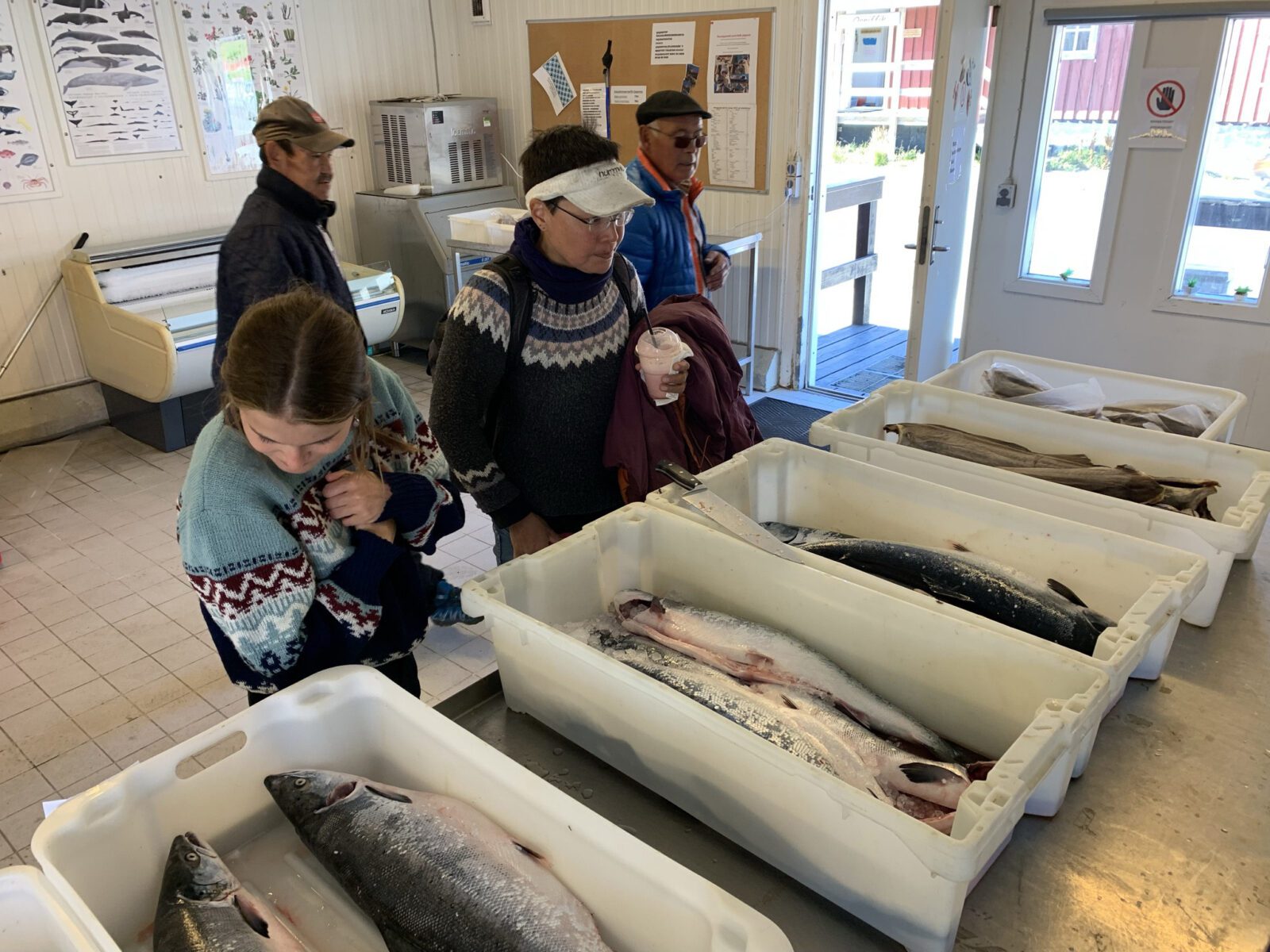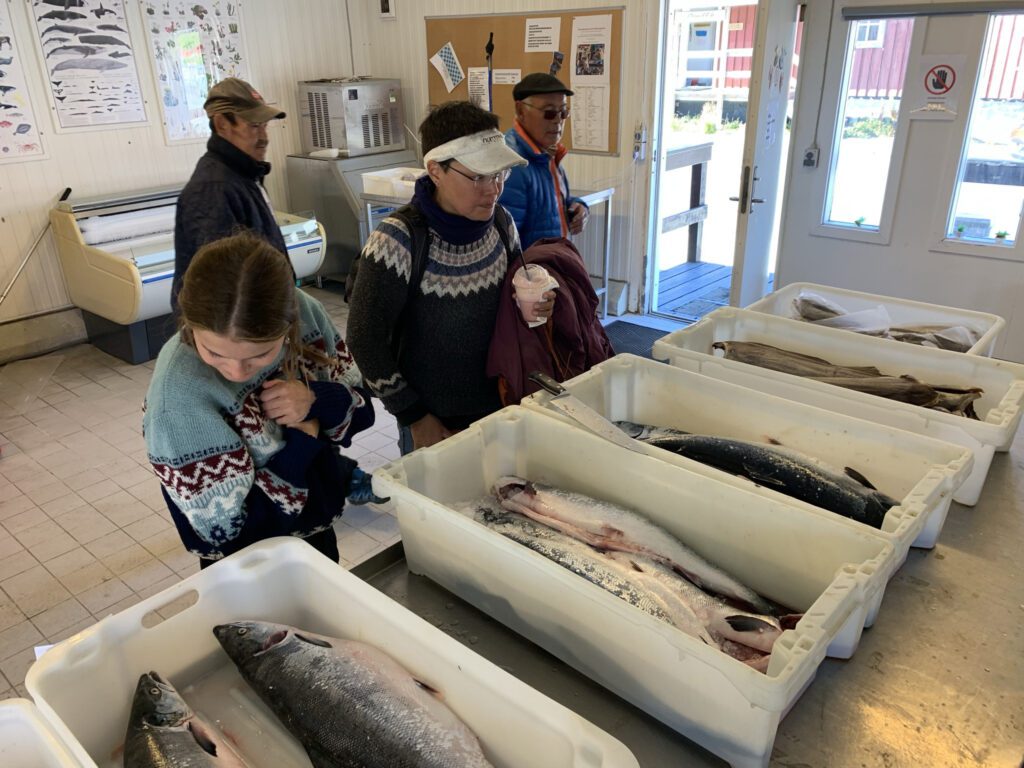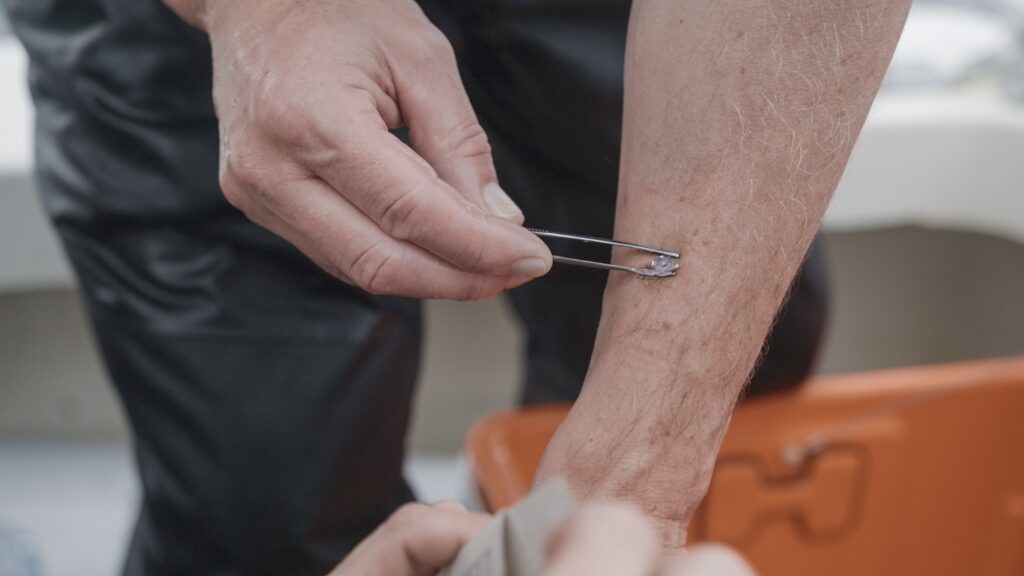
Citizen salmon project boosts catch reporting and science in Greenland
The North Atlantic Salmon Fund (NASF) and the Atlantic Salmon Federation (ASF) have awarded five Greenland salmon fishers 5,000 Danish krone each, about $1,000 Canadian, for their participation in a new citizen science project. All licensed fishermen who submitted catch reports and included a scale sample and fin clip from at least one fish were eligible for the prize draw.
“Incentives like this are a practical way of encouraging people to follow through with mandatory catch reporting while also increasing our knowledge about salmon in Greenland waters,” said ASF President Bill Taylor. “We’re excited to learn what the samples reveal and look forward to running the program again next year.”
The project is a partnership between ASF, NASF, the Greenland Ministry of Fisheries, Hunting and Agriculture, and the Greenland Institute of Natural Resources. Qupanuk Olsen, who produces the popular social media series Q’s Greenland helped spread the word with videos in Greenlandic and Danish.

Timely catch reports help managers stay within the established 27 ton quota and the flesh samples will be analyzed to determine which river in North America or Europe the salmon came from.
“Atlantic salmon conservation is an international effort,” said Fridleifur Gudmundsson, chair of NASF Iceland. “Salmon in Greenland’s coastal waters are all large fish and mostly female. Knowing how many are caught and where they come from is critical information for managers.”
Since 2018, when ASF and NASF signed the latest Greenland Salmon Conservation Agreement with KNAPK, the union that represents commercial fishers, the Atlantic salmon fishery there has been transformed and is now one of the best managed in the world. The efforts of the Government of Greenland and countries like Canada and the United States have made a significant difference for salmon conservation. Read more here.
Atlantic Salmon from more than 2,000 rivers in North America and Europe migrate from their home rivers to feeding grounds off Greenland. They spend two or three winters in the ocean growing from 12-centimetre smolt to adults weighing up to 25 kilograms before they begin the homeward portion of their migration. Guided by the Earth’s magnetic fields and an incredible sense of smell, Atlantic salmon often return to spawn in the same headwater streams where they hatched.
ASF and NASF congratulate the winners this year and hope even more people participate in 2024
For more information contact
Kristen Noel, ASF Communications
[email protected]
902-499-1801
or
Elvar Örn Fridriksson, NASF
[email protected]
354-823-3248
or
The Greenland Ministry of Fisheries and Hunting
[email protected]
